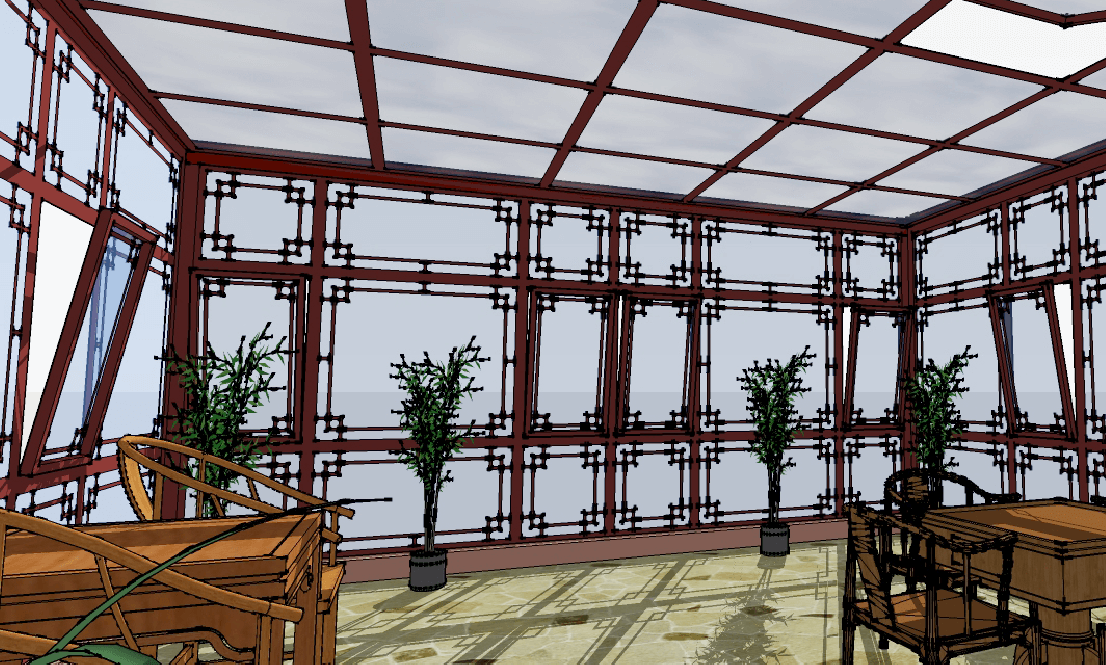

- #Snap art 3 installation instructions how to#
- #Snap art 3 installation instructions install#
- #Snap art 3 installation instructions software#
Since snapd is an essential component of Snap, it's the first thing you need to install on your system.

Due to the fact that Snap's back-end is still closed-source and controlled by Canonical, many major Linux distros aren't on board with the idea of putting Snap as the default package manager on their system.Another downside to allowing developers to distribute packages is that the packages don't go through stringent checks and reviews by the community and therefore carry the risk of containing malware-as seen a few years back.
#Snap art 3 installation instructions software#
This goes against the true nature of the open-source methodology because even though the software is still open source, the package management system is controlled by an entity.

Here's a breakdown of everything that's good and bad about Snap. Since it's a daemon, the entire task of maintaining and managing the snap environment happens in the background. Snapd (or snap daemon) uses the snap metadata to set up a secure sandbox for applications on your system. snap extension, which is essentially a compressed filesystem that uses the SquashFS format and contains the entire package module, including the application, its dependent libraries, and additional metadata. These packages, unlike their counterparts from traditional package managers, are dependency-free and easy to install. Just like any other package manager, Snap also features packages called snaps. Snap consists of three fundamental components: 1. It's compatible with most major Linux distros, including Ubuntu, Debian, Arch Linux, Fedora, CentOS, and Manjaro. Snap is a cross-platform packaging and deployment system developed by Canonical, the makers of Ubuntu, for the Linux platform.
#Snap art 3 installation instructions how to#
Let's check out Snap, its pros and cons, and how to install and use it on Linux. However, a relatively new package manager, Snap, has emerged as a viable alternative to traditional package managers.


 0 kommentar(er)
0 kommentar(er)
